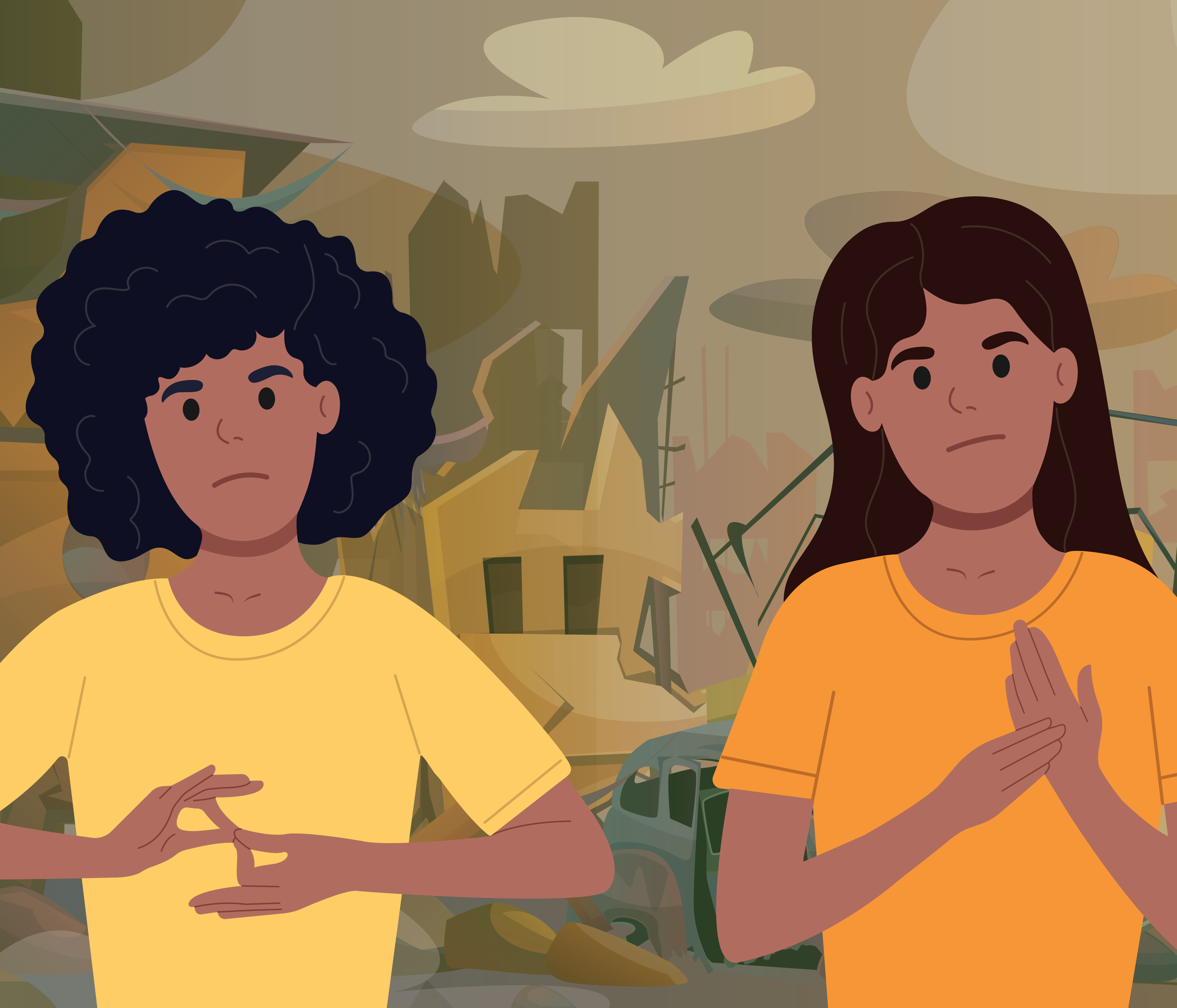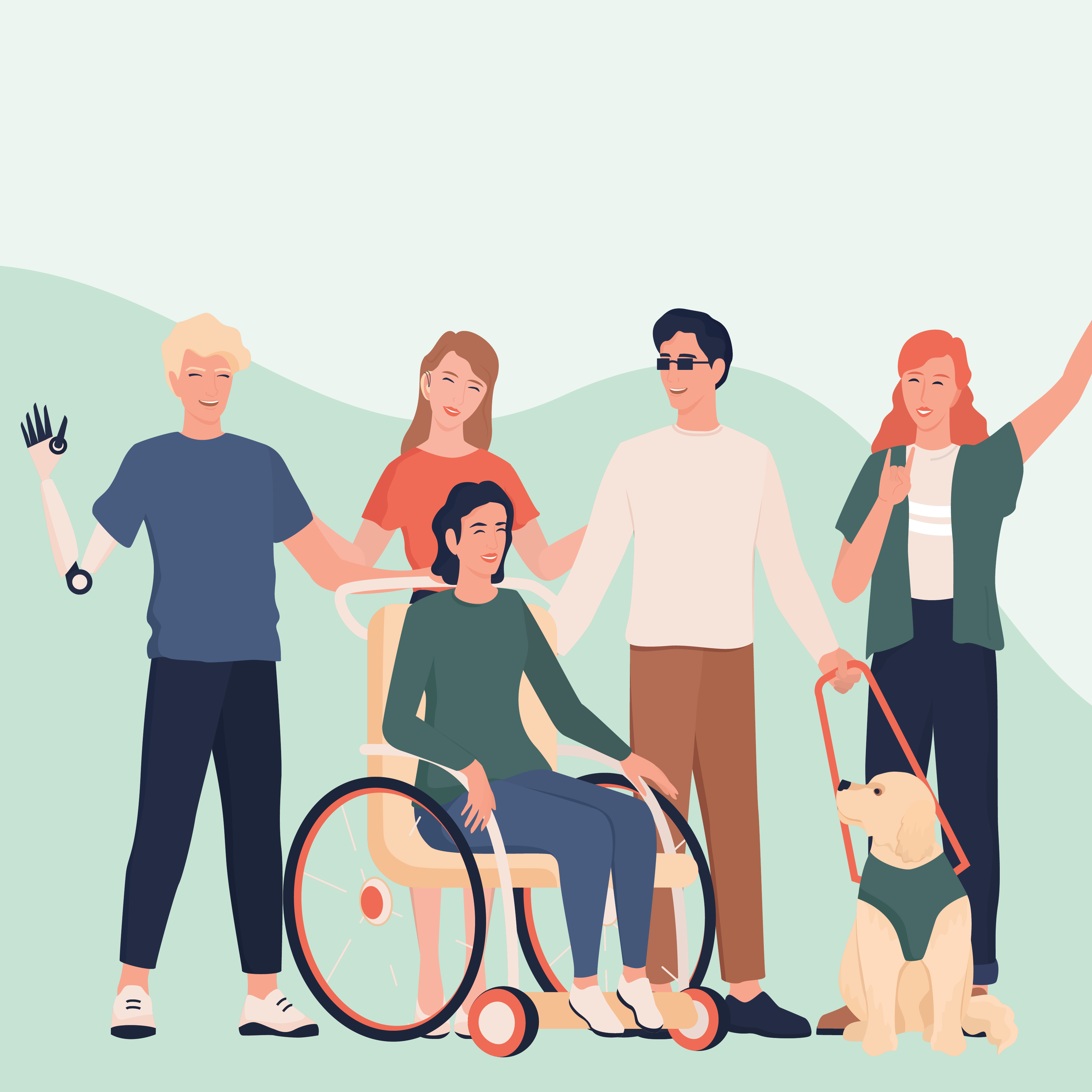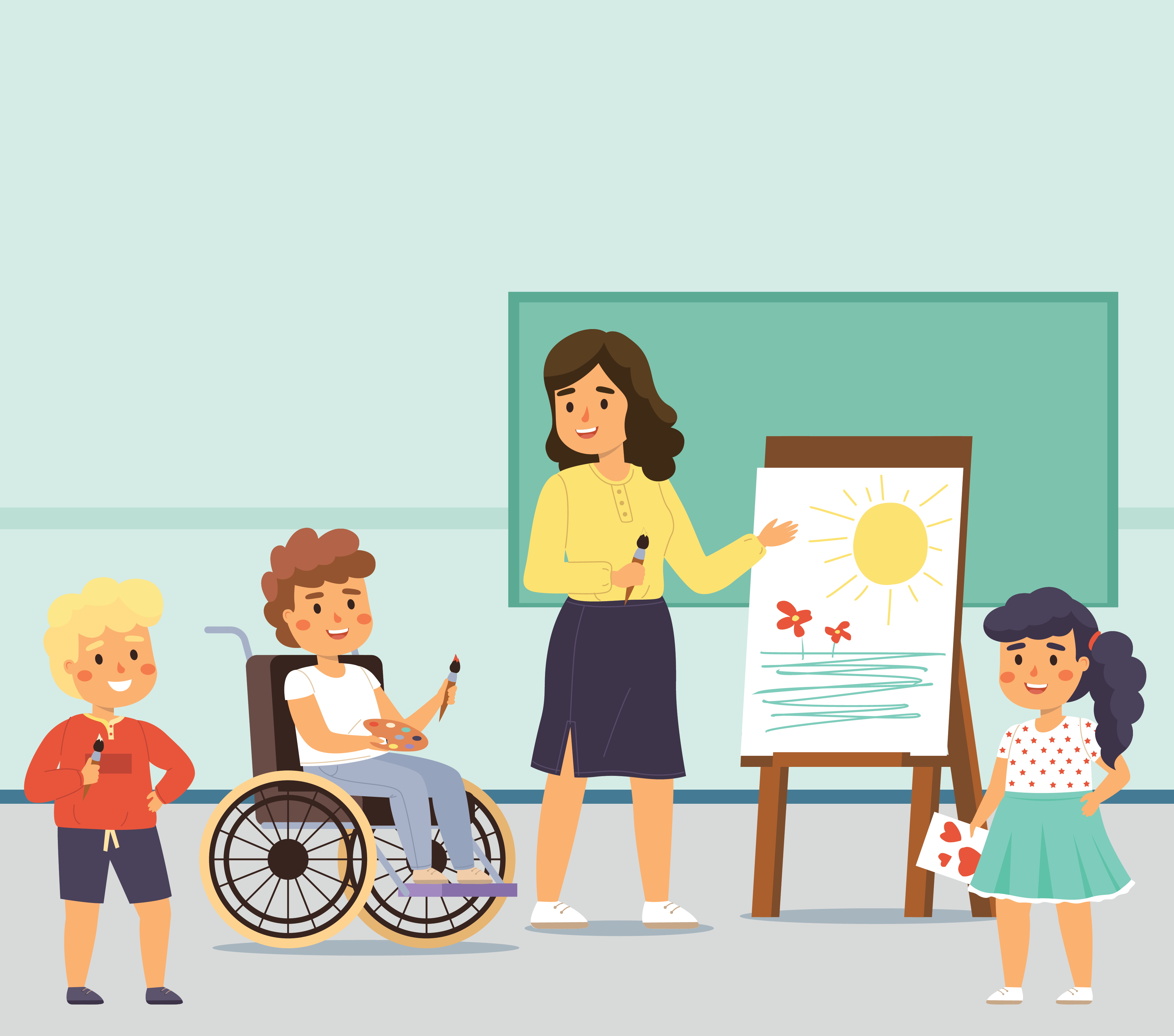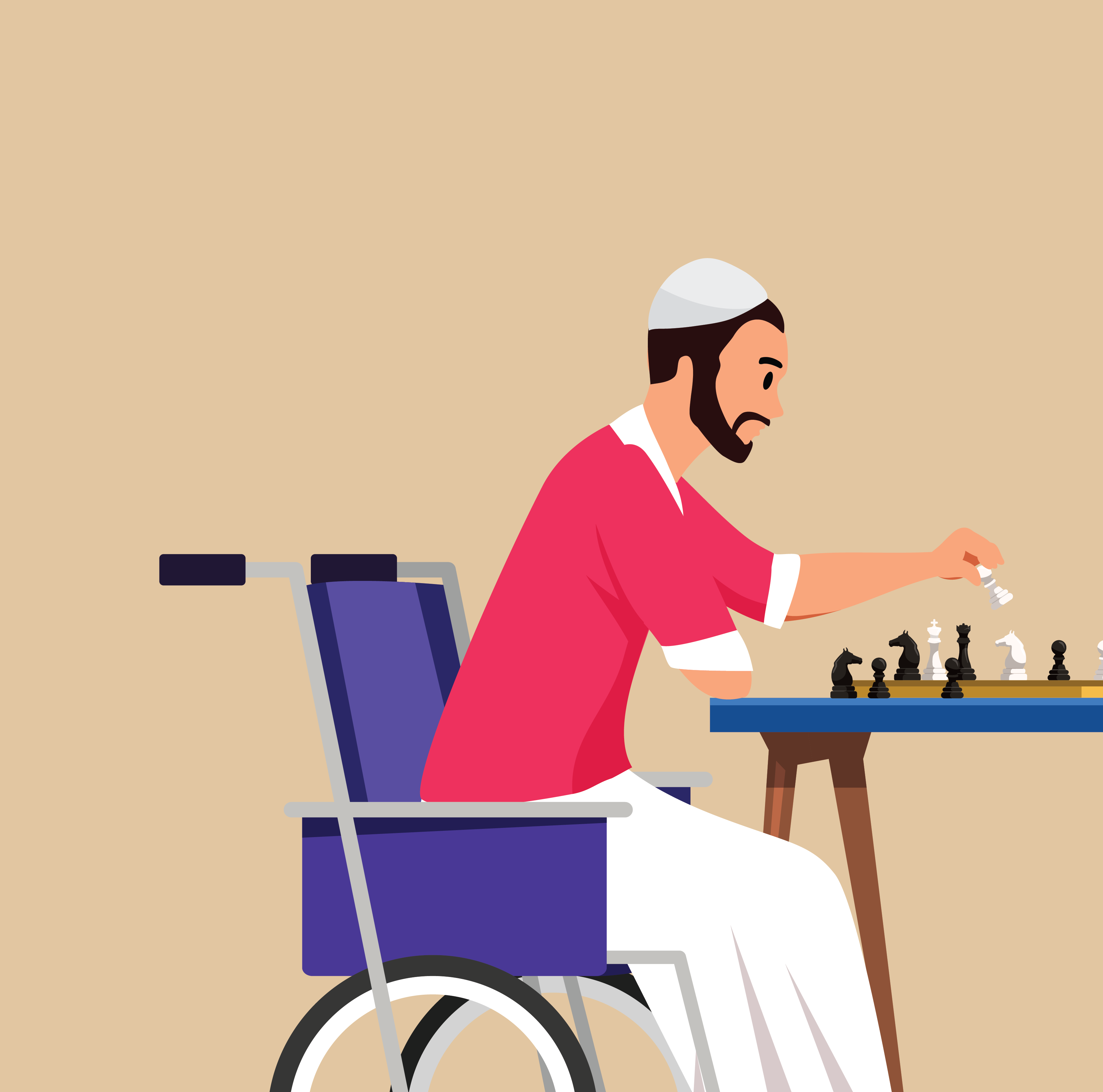
SBC Disability Toolkit - Module 6: Disability-inclusive SBC in humanitarian settings
Addressing stigma and discrimination toward children and youth with disabilities through SBC
Introduction
Sarah's story Part 6:
Now that I have become a disability advocate and engage in local and regional events, I meet many young people with disabilities who share their stories. Some of them are tough to hear, others have hope.
Recently I met a young boy with osteogenesis imperfecta, a disease that make your bones very fragile. He was internally displaced due to a flood in his neighborhood. He said that when emergency workers were giving away lifejackets, they did not give him one, saying, “He is not worth it.” When the evacuation started, his mom had to shout to ensure a safe place for him in the van. Another girl, who was deaf, was almost swallowed by a tsunami, because the warning system only included a siren. How many more children with disabilities are at risk when emergencies hit?
Overview of Module 6:
After reading this module, you’ll understand the general situation of children with disabilities in humanitarian settings and how vulnerability factors affect their existence. This module follows the core minimum actions on community engagement and social behavioral change (CE/SBC) in the Community Engagement in Humanitarian Action (CHAT) Toolkit developed by UNICEF and partners as well as UNICEF’s Core Commitments for Children in Humanitarian Action (CCCs). It draws upon good practice from UNICEF’s Disability-Inclusive Humanitarian Action Toolkit.
This module will help equip you to meet the CCC commitments on SBC. You will gain confidence in:
- Providing life-saving information to children with disabilities – for instance, through activities for inclusive disaster risk reduction (DRR).
- Advocating for and with children with disabilities to obtain information on their rights and access services and support, such as essential assistive technologies.
- Supporting children with disabilities and their families to adopt healthy and protective behaviours, including psychosocial self-care practices – for instance, through disability-inclusive Risk Communication and Community Engagement (RCCE) related to the COVID-19 response, protection from gender-based violence (GBV) and child protection.
- Advocating for rapid assessments and SBC research to include children with disabilities, and for response activities to be informed by inclusive research.
- Creating or scaling up community engagement platforms and interventions that are inclusive of children with disabilities.
- Building the capacities of frontline workers and first responders to support children with disabilities.
- Supporting the participation of children with disabilities and their families in feedback mechanisms and disability-inclusive Accountability to Affected Populations (AAP) platforms.
- Promoting peacebuilding and social cohesion activities, for instance between children with disabilities in displaced communities and those in host communities.
- Contributing to the coordination of stakeholders in implementing disability-inclusive CE/SBC interventions, for instance, by engaging with organizations of people with disabilities (OPDs).





